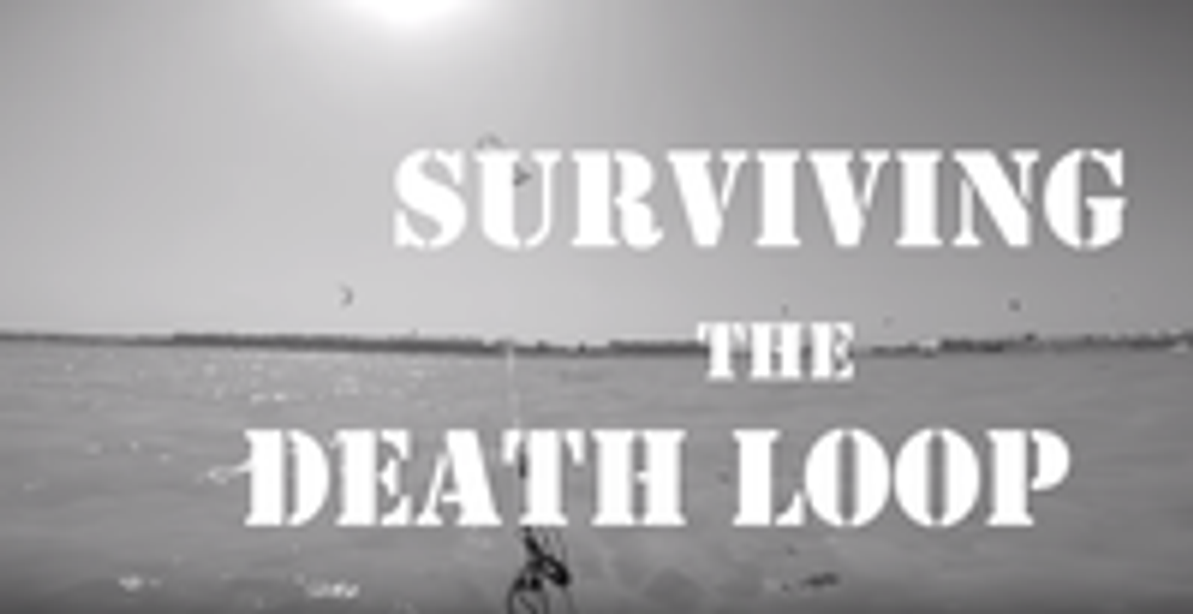Kite Video: Surviving the Death Loop
An Exploration of the Death Loop
You've watched the wipe-out kiteboarding videos, right? Where we see people crashing into the water, followed by a surrounding, "oooh" from your coworkers who have huddled over to your monitor? Unfortunately, some of those kiting videos end in tragedy and it can happen because of the "death loop". Anton Chernyshov has released a video on how to "survive the death loop". We've transposed it here to increase the knowledge and safety of our riders.
What is the Death Loop?
The Death Loop is often initiated by the depower wrapping around your bar. Sometimes, one of the bar tips will get locked around the bar as well, causing your kite to be uncontrollable. When this happens, activating your quick release system won't help because the safety line is blocking. Once the quick release is initiated it can be difficult to manually fly your kite, making the situation worse. The kite is still powered, and you're left helpless.
Another common initiation of the death loop occurs when the steering line will wrap around the harness loop. The control system is fixated to the harness when the kite begins to loop out-of-control. In this case, the quick release on your bar will not work because it will not be able to fly away from you.
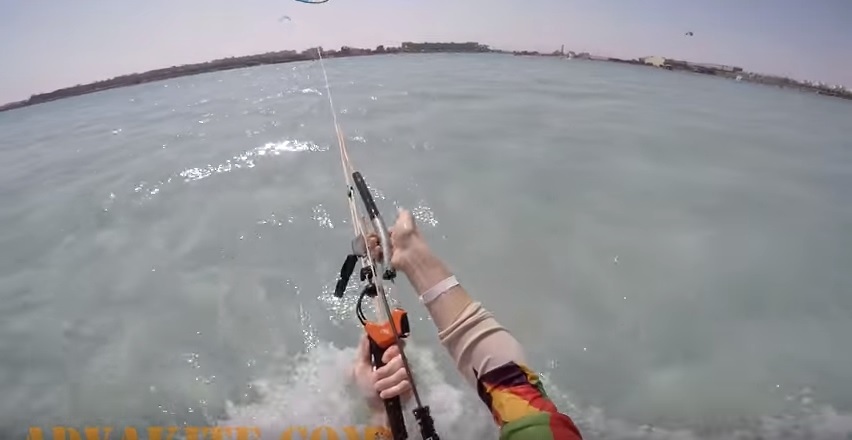
How to Stop the Death Loop
Since you've realized that you're beginning to loop and your safety system is blocked, the first thing you'll need to do is force the kite to stop. Pulling hard on the steering line will cause the kite to stall and stop looping, eventually falling from the sky.
If you can't pull the steering line hard enough, wait until the kite begins to hit the water's surface and stall. Then, pull on the steering line.
You can also use the tensioning line, but this can be difficult for riders. You'll need to pull this line very hard. Once you begin pulling the kite will start looping faster before it begins to rotate along the water's surface, eventually stalling.
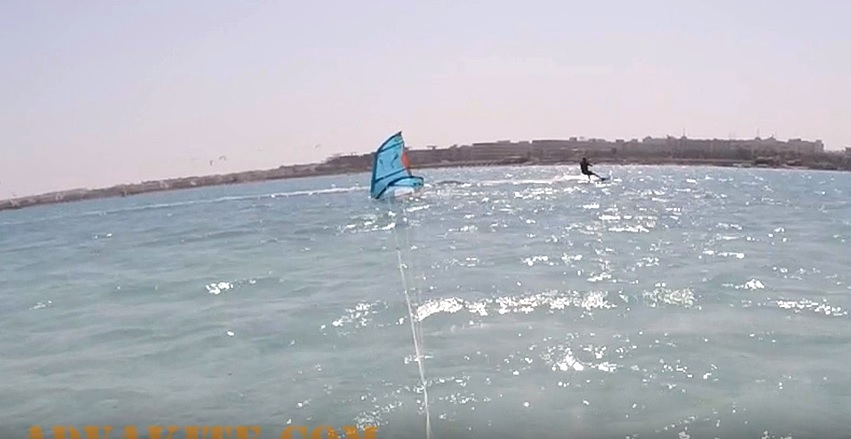
After You've Stopped the Death Loop
What's next? Now you have to try and keep the kite flat on the water. Keep pulling on the steering lines until your kite is on its side. No matter the kite, it will lose power once it is in the sideways position.
Once your kite is flat, there are a couple of options. First, you could relaunch your kite and then spin your lines until they are straight. With this, you'll want to make sure your kite is in full control again before relaunching. You can fly with twisted lines after your kite is in the air. Have a bit more precise control and spin your bar to untangle your lines.
You could also twist your bar while your kite is flat in the water before relaunch, but you'll want to make sure you remember your direction of flight before untangling (otherwise you'll just make them more tangled). While doing this, make sure you still have your grip on your steering line to keep the kite depowered.
If you're still unsure about your lines, or you cannot relaunch safely, proceed to a self-rescue. Use the steering line you've pulled and place it around your bar ends to depower the kite completely. Anton mentions a good rule of thumb is to wrap the line around your bar 10 times. Then, proceed with your usual self-rescue.
If you're in a shallow area, you can walk yourself towards the kite by pulling on the steering line until you've grabbed the leading edge. Be sure to keep your other lines out of the way. You don't want them to become tangled around you, which is dangerous if the kite relaunches accidently.
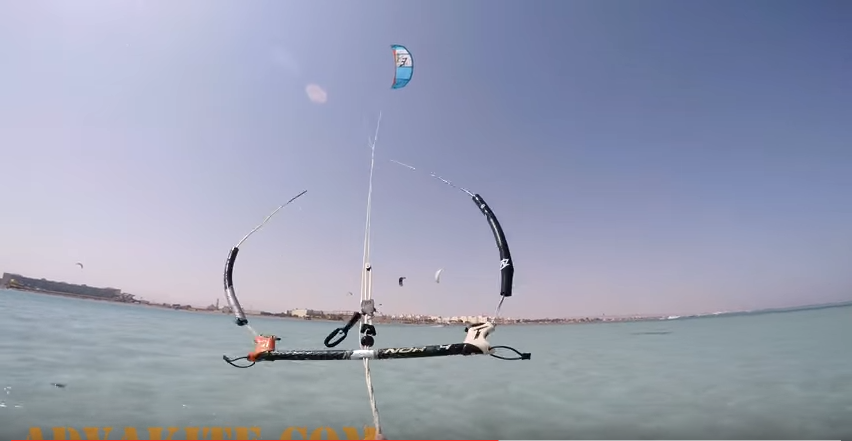
Doing Your Death Loop Homework
It's not always the best to practice Death Loops on the beach, especially if you're not an advanced rider. Instead, practice your depower procedure with your bar at home.
First, wrap your steering line around your harness loop. Grab your bar to its farther end, and separate the float and the steering line and pull hard. Do not wrap the line around your fingers or palm if you'd like to use them again. Keep repeating this until you've been able to perform this maneuver with your eyes closed, backwards, forwards, and all-wards (that's not a word, but I like it).
If you have multiple different-styled bars, be sure to practice on all of them.
As a final note, this procedure should be done quickly. The more aware you are of the situation, the faster you can act before the steering line becomes too twisted to pull.
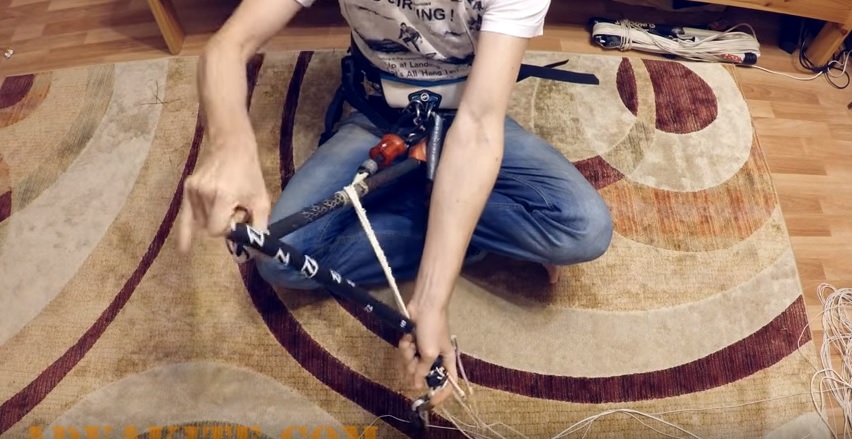
Anton's Safety Warning
This video footage was taken in light to medium wind conditions with 8m North Rebel kite. Though I successfully used the technique, described in the video, also in heavy wind conditions up to 35 knots on the same kite, please mind that the steering line pressure may vary, depending on wind speed, kite type and kite size!
Please note, that this technique is recommended for use in case of serious safety system failure. If your quick release system is not blocked, I recommend to use the QR first, and to release the kite completely in case of any danger.
Recent Posts
-
Slingshot One-Lock Is Here!
Foilers all have their preferences on gear, riding style, and location, but perhaps the one thing …17th Mar 2025 -
2025 F-One Wing Lineup: Which One Is Right for Me?
At MACkite, we've always found F-One's wings to be a solid choice, and this year's lineup looks li …13th Mar 2025 -
Foil Drive Mounting Made Easy with Konrad Click Nuts
In a way, a Foil Drive is an "easy button" for foiling. You can get up easier, it's easier …12th Mar 2025

